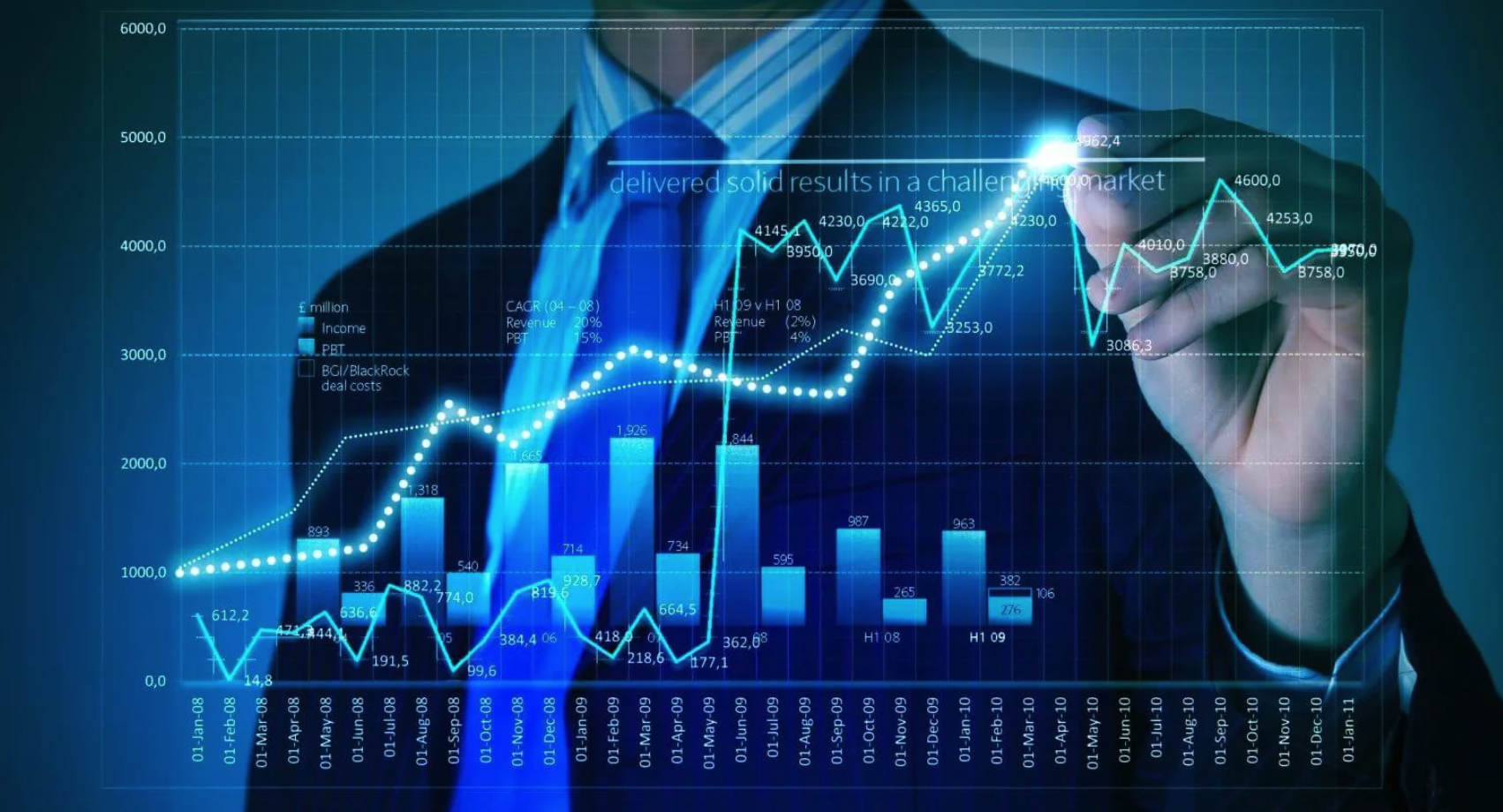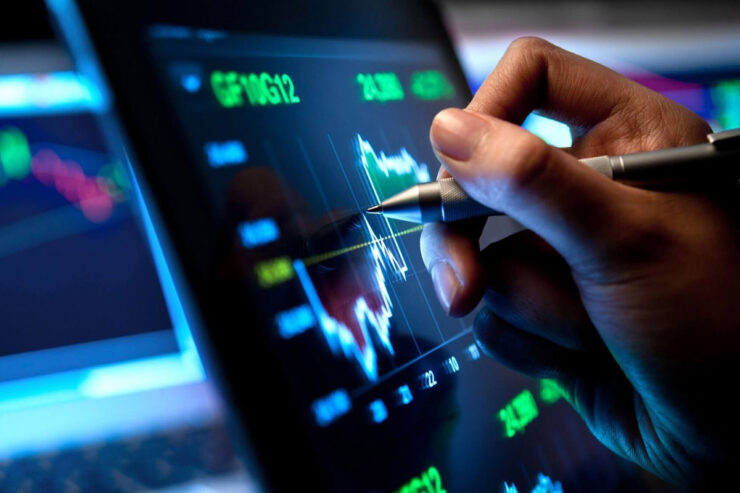Investors are always looking for opportunities to make the best of their investment and earn the most profit. CFD and Forex trading has become a popular choice among investors because it offers access to wider markets.
Frequent transactions are made in trading like selling and buying commodities, stocks, currency pairs, and several other instruments.
CFD and Forex trading look similar, and novice traders can get confused while trying to differentiate the two. Forex and CFD trading are similar in many ways but they also have enough differences to be classified as different types.
CFD Trading Versus Forex Trading
A comparison of these two online trading types is as follows:
Similarities Between Forex And CFD
Here are a few ways the two trading types are alike.
Execution Processes
Both trade types have the same process for trade executions. Traders can easily enter and exit positions. They can do it in both rising and falling markets.
Execution of both Forex and CFD trade takes place on the same platform. The same pricing methods and looking charts are the same.
Non-ownership
Forex and CFD trading do not give traders the ownership of the underlying asset. When a trader trades a currency, he or she is not selling or buying it, but only speculating the direction in which the value of the currency will be going relative to the other currency in the currency pair. It is similar if you trade commodities CFD or buy a CFD contract for certain stocks.

Long And Short Trades
CFD trading is a popular choice among people looking to invest in trading because it allows you to speculate price movements whether the market is rising or falling. If in your speculation the value of the chosen asset is rising, you can stay with it. If you feel the value is going to drop, the trader can sell it to avoid further loss.
Forex trading is similar to the CFD. It is high liquidity and allows traders to trade during downtrends and uptrends. You can invest in a currency pair when it is at a lower price and sell it at a higher price when closing the trade.
It gives traders a chance to earn a handsome profit. If the market is falling, the traders can sell the currency pair and earn a profit by buying it back cheaper.
Trading Essentials
CFDs and Forex are a form of investments in financial markets, and both require the use of some trading essential to do well.
Getting familiar with the market jargon and terms is crucial for trading successfully. Terms like price gaps, margin calls, spread, etc. are commonly used in trading. Traders also need to learn to analyze market trends and keep up with the changing trends.
A solid trading strategy is essential for succeeding in both markets as it helps in managing risks and money, and increasing chances of profitable trading.
Margin And Leverage
Forex and CFD trade both provide access to margin. In forex trading margin is quoted using a leverage ratio. Lower margin refers to less capital outlay and high potential returns. A 2% margin means 50:1 leverage. But the lower margin also presents higher risk exposure.
Difference Between Forex And CDF Trading
CFDs are considered an innovative trading instrument that has evolved from Forex trading. It is pretty new compared to forex markets.
The factors that differentiate the two trading types are as follows
Choice Of Instruments
The main difference between the two is that Forex trading is limited to currencies while CFD offers access to a wider range of assets.
In forex trading, the trading volume is constituted by eight major currencies whereas CFD provides thousands of instruments including indices, commodities, equities, etc.
Size Of Contracts
In forex trading, the size of the contract is uniform regardless of the currency pair you choose to trade. CFD, on the other hand, offers flexibility when it comes to contract sizes.
Market Influences
The forex and CFD markets are influenced by several factors. The forex market price movements are mostly affected by global economic factors and macroeconomic events.
The price movement in the CFD market is mainly influenced by the instrument that is being traded.
Trading Cost
The cost of CFDs and Forex depends partially on the spread. But CFD trading does have other costs that vary based on trading conditions. The CFDs transaction costs can include commissions. Traders also have to deal with overnight financing costs for positions held overnight.
CFD Trading Vs. Forex Trading: Final Thoughts
CFD and Forex trading both offer excellent money-making opportunities. Choosing the better of the two depends on the trader’s risk profile, trading goals, and preferences. Both trading types have pros and cons. Knowing the similarities and differences between the two trading types makes it easier to choose the one that is best suited to fulfill your trading goals.












